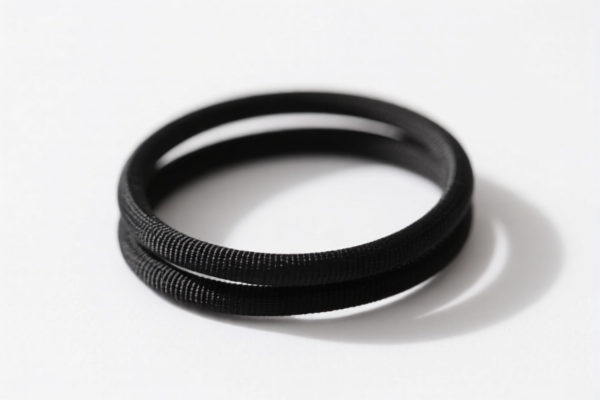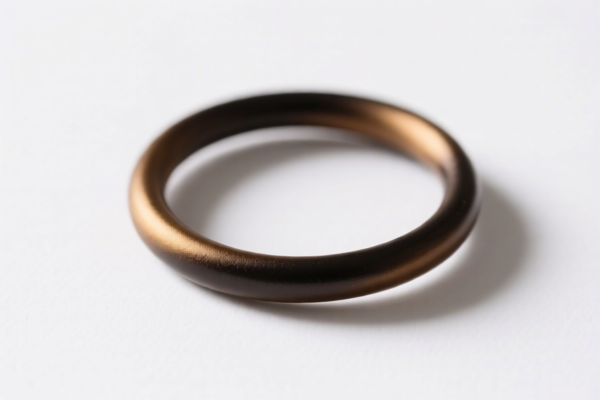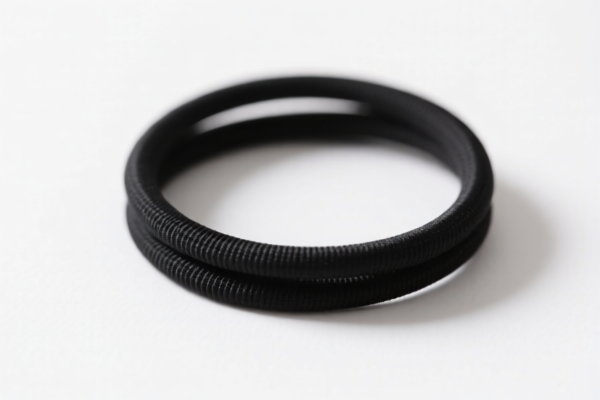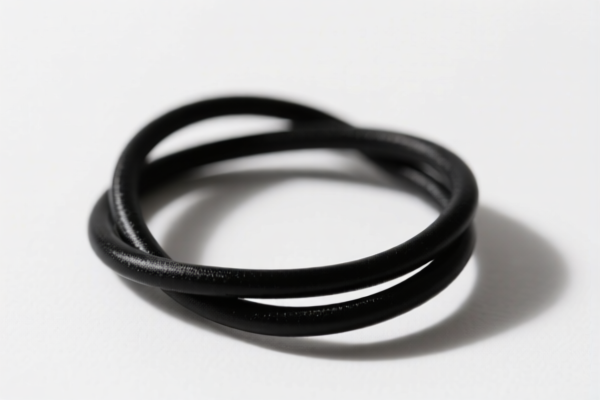| HS Code | Official Doc | Tariff Rate | Origin | Destination | Effective Date |
|---|---|---|---|---|---|
| 6117808710 | Doc | 35.0% | CN | US | 2025-05-12 |
| 6117808720 | Doc | 35.0% | CN | US | 2025-05-12 |
| 6114909070 | Doc | 35.6% | CN | US | 2025-05-12 |
| 6215100025 | Doc | 44.7% | CN | US | 2025-05-12 |
| 6215900020 | Doc | 35.0% | CN | US | 2025-05-12 |




Textile Tie
A textile tie, commonly known simply as a tie, is a strip of cloth worn around the neck for decorative effect, typically by men as part of formal or semi-formal attire. It is a component of a necktie, which is a broader category encompassing various styles and materials.
Material
Traditionally, ties are made from silk, known for its luster and smooth texture. However, modern ties utilize a wide range of materials including:
- Silk: The most common and highly regarded material, offering a luxurious feel and vibrant color absorption.
- Polyester: A durable and affordable synthetic option, often used for everyday wear or ties requiring specific patterns.
- Cotton: Offers a more casual look, often used in knitted ties or for warmer weather.
- Linen: Lightweight and breathable, suitable for spring and summer attire.
- Wool: Provides a textured appearance and warmth, often used for winter ties.
- Microfiber: A synthetic material offering a silk-like appearance with increased stain resistance.
- Blends: Combinations of materials are common, balancing properties like durability, cost, and appearance.
Purpose and Function
The primary function of a tie is decorative. It adds color, pattern, and visual interest to a shirt and suit. Historically, ties evolved from functional neckwear worn for warmth and protection. Today, it serves as a signifier of formality, professionalism, and personal style. A tie can also communicate status, affiliation (through patterns or colors), and personality.
Usage Scenarios
Ties are typically worn in the following contexts:
- Formal Events: Weddings, funerals, galas, and other events requiring a suit or tuxedo.
- Business Attire: Professional settings, interviews, meetings, and office environments.
- Semi-Formal Occasions: Dates, parties, and events where a jacket and trousers are appropriate.
- Religious Ceremonies: Specific religious practices may require or encourage tie wearing.
Common Types
A diverse range of tie styles exists, categorized by width, knot style, and overall design:
- Classic Tie: The most common style, typically 3-3.5 inches wide at the widest point.
- Skinny Tie: Narrower than classic ties, typically 2-2.5 inches wide, popular in modern fashion.
- Wide Tie: Broader than classic ties, often associated with vintage styles.
- Bow Tie: A symmetrical knot tied into a bow shape, worn instead of a long tie.
- Four-in-Hand Tie: A simple knot, creating an asymmetrical and slightly tapered look.
- Half Windsor Tie: A medium-sized symmetrical knot, suitable for most shirt collars.
- Full Windsor Tie: A larger, more formal symmetrical knot, best suited for spread collar shirts.
- Knitted Tie: Made from knitted fabric, offering a textured and casual appearance.
- Paisley Tie: Featuring the paisley pattern, a curved, feather-shaped design.
- Striped Tie: Featuring vertical stripes of varying widths and colors.
- Polka Dot Tie: Featuring evenly spaced dots of varying sizes and colors.
- Repp Tie: Characterized by diagonal stripes, often in classic colors like navy and burgundy.
Textile ties generally fall under the classification of ties, bow ties, and cravats, with variations based on material composition. Here's a breakdown of relevant HS codes based on the provided information:
- 6215100025: Ties, bow ties and cravats: Of silk or silk waste Containing 50 percent or more by weight (including any linings and interlinings) of textile materials other than silk or silk waste. This code applies to ties made of silk or silk waste, but also containing 50% or more of other textile materials. The basic tariff is 7.2%, with an additional tariff of 7.5%, resulting in a total tariff of 44.7%.
- 6215900020: Ties, bow ties and cravats: Of other textile materials Other. This code is for ties made from textile materials other than those specifically mentioned elsewhere. The basic tariff is 5.0%, with a total tariff of 35.0%.
- 6117808710: Other made up clothing accessories, knitted or crocheted; knitted or crocheted parts of garments or of clothing accessories: Other accessories: Containing 70 percent or more by weight of silk or silk waste: Ties, bow ties and cravats Of cotton. This code applies to knitted or crocheted ties, bow ties, or cravats made of cotton and containing 70% or more silk or silk waste. The basic tariff is 5.0%, with a total tariff of 35.0%.
- 6117808720: Other made up clothing accessories, knitted or crocheted; knitted or crocheted parts of garments or of clothing accessories: Other accessories: Containing 70 percent or more by weight of silk or silk waste: Ties, bow ties and cravats Of wool or fine animal hair. This code applies to knitted or crocheted ties, bow ties, or cravats made of wool or fine animal hair and containing 70% or more silk or silk waste. The basic tariff is 5.0%, with a total tariff of 35.0%.
Regarding HS codes 6117808710 and 6117808720, it's important to verify the material composition, specifically ensuring it contains 70 percent or more by weight of silk or silk waste.
Customer Reviews
No reviews yet.